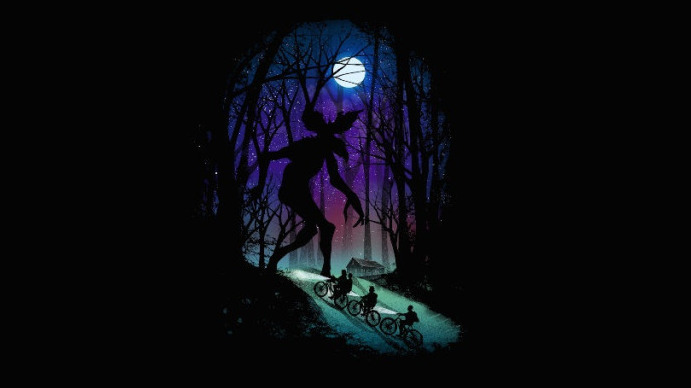Some Vital Scenes to Include in a Romantic Subplot, pt. 1
I’ve been in the plotting stages of a novel I’ve been working on for some time now. It’s not a romance novel, per se, but the romantic aspect is very prevalent… dare I say important. Anyway, so as I was working on my scenes and character arcs, I began to realize that I didn’t have enough fleshed-out about romantic arc, nor deepened the protagonist’s love interest or their connection, for that matter. This led me to devise up some scenes that I felt were crucial to the story if I wanted to keep this romantic angle to it, and now that I’ve most of them arranged, I find now that I’m way more excited about my characters’ love story.
These tips will be unnumbered because, obviously, the sequence of these events and how they will fall into your storyline will probably be different. Also, you don’t have to use only one scene for every suggestion that will be mentioned, as you can have multiple scenes of flirtations or deep conversations, for example. They usually blend all together into the narrative at this point. Just remember that there should be some relevance to the plot at hand in some of these scenes as to not derail completely from the main narrative or other conflicts.
I was going to post this all at once, but decided it was too long and wanted to split it into two parts to go more in-depth and for easy reading. /-\ Enjoy ~
- The meet-cute, or the meet-ugly:
Ah, yes, the first encounter. Or, as we sometimes like to call it: the meet-cute, or the meet-ugly if you’re feeling a little unconventional or perhaps mischievous. Though we may enjoy setting up our star-crossed characters in a whole range of moments from awkward to swoon-worthy, the initial meeting is what’s important (if your characters haven't already met before the beginning of the story, ofc, but this is useful to have in mind). Let us quickly define the two:
Meet-Cute: A charming and serendipitous first encounter between the characters in question that sets a positive, memorable, and oftentimes romantic tone.
Meet-Ugly: An unconventional, awkward, or disastrous initial meeting that adds a unique twist to the start of the romantic connection, often leading to unexpected chemistry and an added intrigue on whether or not they’ll get together.
You don’t have to nail your characters’ first encounter into a label or bubble such as these two examples, but I like bringing these up for a general idea.
- Bouts of flirting and/or banter:
Just as the title suggests, these are scenes containing the flirtaious communication between the two characters. These kinds of interactions will, of course, develop over time and deepen the bond or relationship. Playful interactions, gazes, and witty exchanges between the characters can create a lighthearted and flirtatious atmosphere that hints at their growing attraction.
The way they might flirt or tease can reveal their personalities. For example, one character might be more sarcastic, while the other responds with quick wit, or quiet bashfulness. There’s an element of subtlety, as flirting lets the characters express their romantic interest without explicitly stating it (unless one of your characters lacks subtlety in general and prefers to shout their undying love from the rooftops, which would make for an interesting dynamic, but I’m only spit-balling).
Banter, teasing, and romantic tension underscoring heated debates or loathsome gazes suit just as nicely, especially if you’re writing with enemies-to-lovers or rivalry tropes in mind. But be careful! A little goes a long way: too much all at once can repel any growth for the characters or narrative.
- Initial conflict or struggle:
Depending on your story’s big-picture conflict, the introduction of challenges or obstacles can create tension between the characters, adding depth to their relationship and making their eventual connection all the more satisfying. This might include cultural or class differences, opposing goals or values, history of past heartbreak, personality weaknesses such as stubbornness, or external pressures that threaten to keep the characters apart. Even a nosy family or a disapproving mother can be considered. How the characters navigate and resolve these conflicts contributes significantly to the overall emotional impact of the romance subplot, as well as allowing for some exploration of each character's strengths, weaknesses, and resilience.
This kind of scene involves the characters opening up to each other about their innermost fears, insecurities, past trauma, or personal struggles. Shared vulnerability goes beyond surface-level interactions. It involves characters revealing their authentic selves, exposing their emotional vulnerabilities, and allowing the other person to see them in an honest — and sometimes new — light.
This is a symbolic gesture of commitment we’re talking about, here… something that requires trust. As characters share their fears or past traumas, they are entrusting the other person with sensitive information, fostering a sense of trust and emotional intimacy. It might be scary, it could be out from left field, but they will end up learning something new about themselves, their situation, or about the other person, and thus deepen their connection, little by little.


















